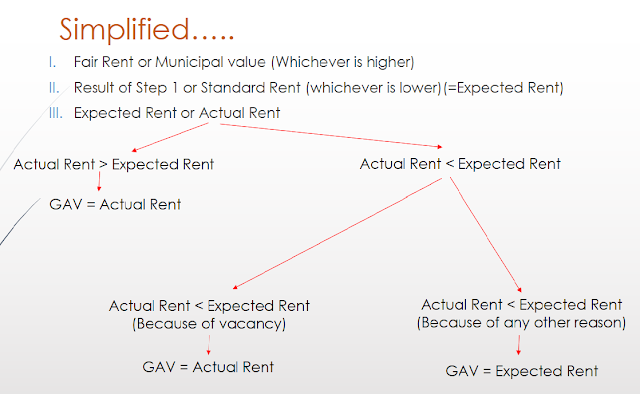Lifting of the Corporate Veil
One of the important characteristics of the company is that the company is distinct form its members. This principle is known as "the veil of incorporation". The corporate veil protects the members from the liability of the company. It is a statutory privilege and it must be used for legitimate business purposes only. If it is used for any fraudulent or dishonest purpose, the court will breakthrough, this shelter of separate legal personality and and apply the principle/doctrine of what is called as “lifting of or piercing the corporate veil”. In this action, the court will look at the persons behind the company who are the real beneficiaries of corporate fiction. Cases in which the corporate veil has been lifted: 1. For protection of revenue The court will allow piercing of corporate veil if it is of the opinion that the company has been formed for evading the tax or to, circumvent tax obligations. If such is the case, the court will disregard the corporate entity and would ...


